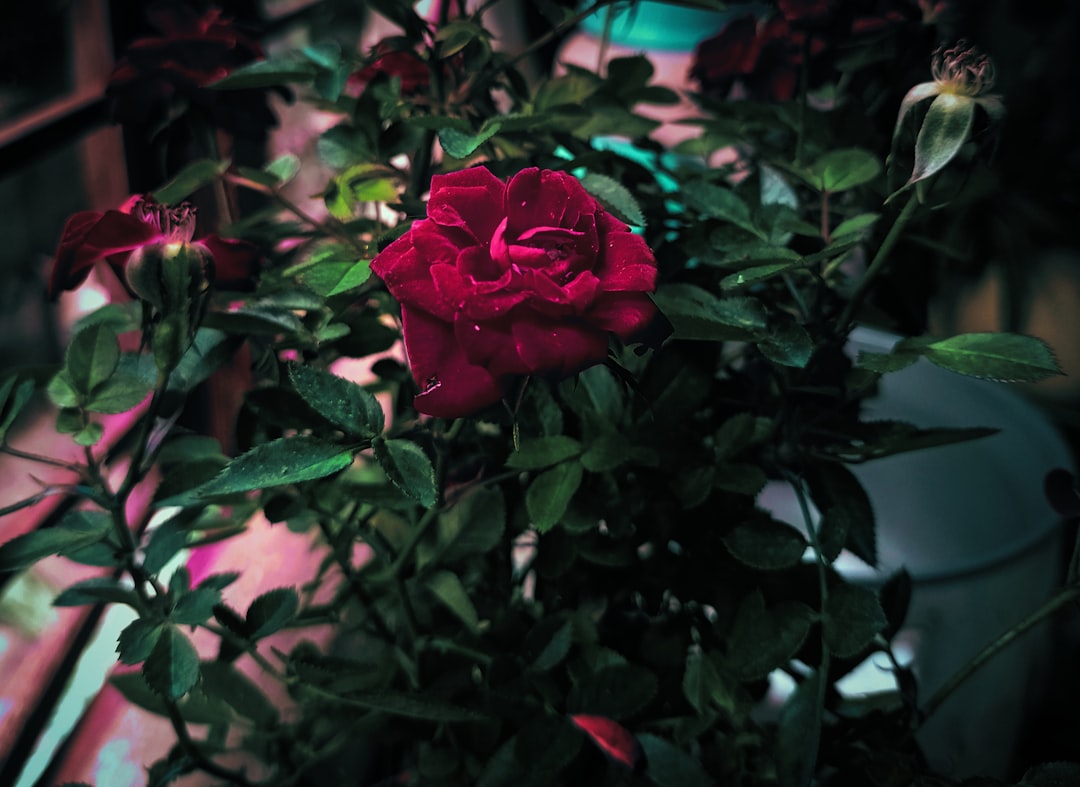Secrets to Preserving Grass Seed for a Lush Lawn

Maintaining a beautiful yard is a dream for many homeowners, and a key component of that is having a healthy, green lawn. One crucial aspect often overlooked is how to keep grass seed from going bad. A professional landscaper has shared some must - know tips that can save you time, money, and frustration in your lawn care journey.
First and foremost, understanding the proper storage conditions for grass seed is essential. Grass seed is a living organism, and like all living things, it has specific requirements to stay viable. Temperature plays a significant role. Grass seed should be stored in a cool, dry place. High temperatures can accelerate the aging process of the seed, reducing its germination rate. A basement or a climate - controlled storage area is ideal. Avoid storing seed in areas that are prone to temperature fluctuations, such as attics or uninsulated garages. In the summer, the heat in these places can quickly render the seed useless.
Humidity is another enemy of grass seed. Moisture can cause the seed to mold or sprout prematurely. To combat this, store the seed in air - tight containers. You can use plastic storage bins or resealable bags. Adding a desiccant, like silica gel packets, to the container can help absorb any excess moisture. This simple step can significantly extend the shelf life of your grass seed.
Light can also have a negative impact on grass seed. Exposure to direct sunlight can break down the seed's protective coating and damage its internal structure. Store the seed in opaque containers or in a dark area. This will shield it from the harmful effects of light and help maintain its quality over time.
Proper labeling is often underestimated but is extremely important. When you purchase grass seed, label the container with the type of seed, the purchase date, and the expiration date. This will help you keep track of how long the seed has been stored and when it might start to lose its viability. Different types of grass seed have different shelf lives. For example, cool - season grasses like Kentucky bluegrass and fescue generally have a longer shelf life compared to warm - season grasses like Bermuda grass.
Another tip from the professional landscaper is to rotate your seed stock. If you have multiple containers of grass seed, use the oldest ones first. This ensures that you are always using the freshest seed possible and reduces the risk of having expired seed sitting in storage. It's also a good idea to test the germination rate of your seed before planting. You can do this by placing a small sample of the seed on a damp paper towel and keeping it in a warm place for a few days. Count the number of seeds that sprout to get an idea of the seed's viability.
When it comes to purchasing grass seed, buy from a reputable source. A reliable supplier will have proper storage facilities and will be more likely to sell you fresh, high - quality seed. Avoid buying seed from places where it has been exposed to the elements or has been sitting on the shelf for a long time. Reading reviews and asking for recommendations from other gardeners can help you find a trustworthy seed supplier.
Finally, remember that even with the best storage practices, grass seed will eventually lose its viability. Most grass seed has a shelf life of about one to two years. If you have seed that is approaching or has passed its expiration date, it's still worth a try to plant it, but don't expect a high germination rate. You may need to use more seed to achieve the desired coverage.
In conclusion, caring for your yard and maintaining a healthy lawn starts with proper grass seed storage. By following these tips from the professional landscaper, you can keep your grass seed from going bad and ensure that your lawn gets off to the best possible start. With a little attention to detail, you'll be on your way to having a lush, green lawn that enhances the beauty of your home.